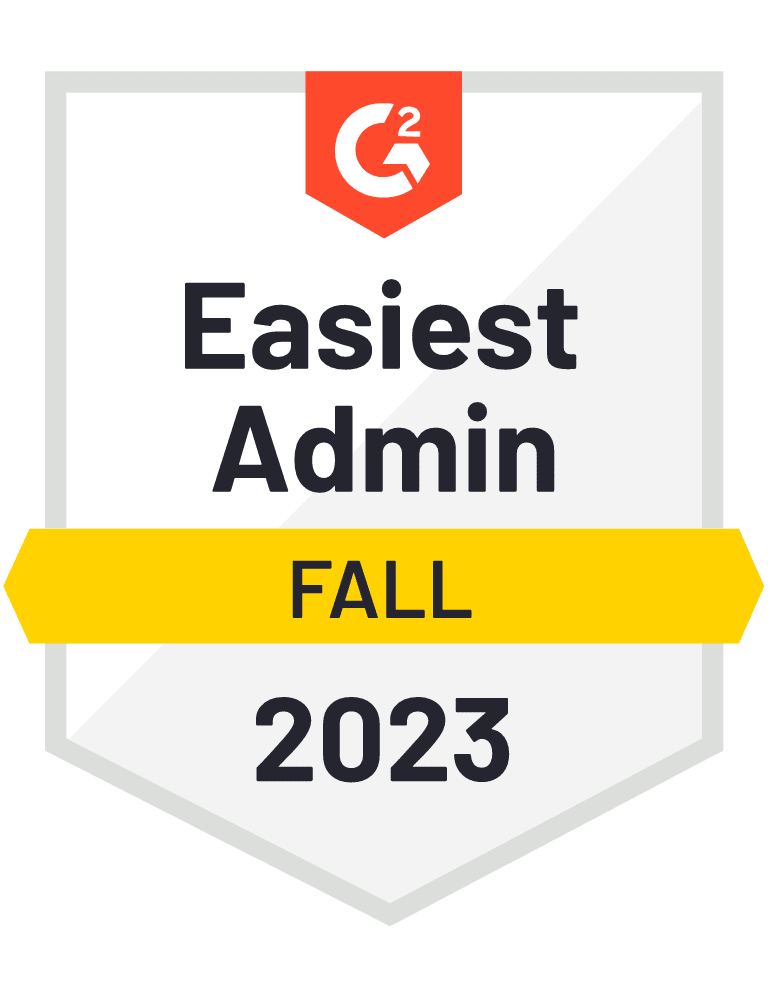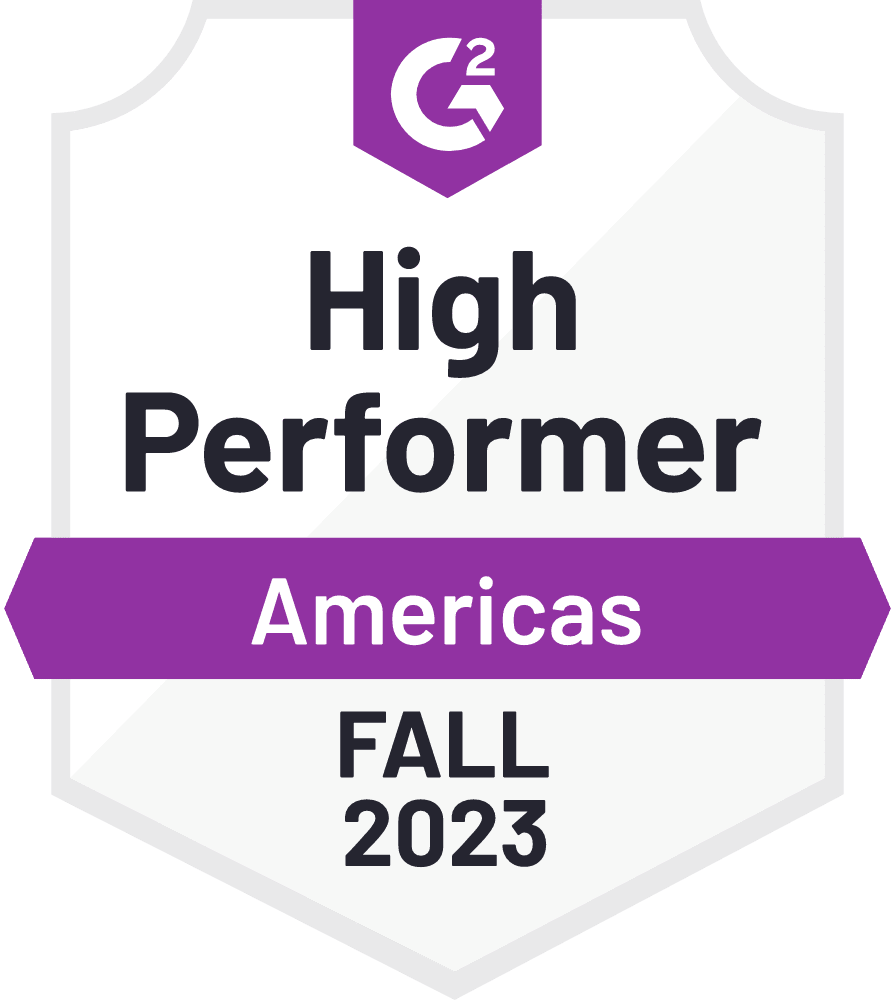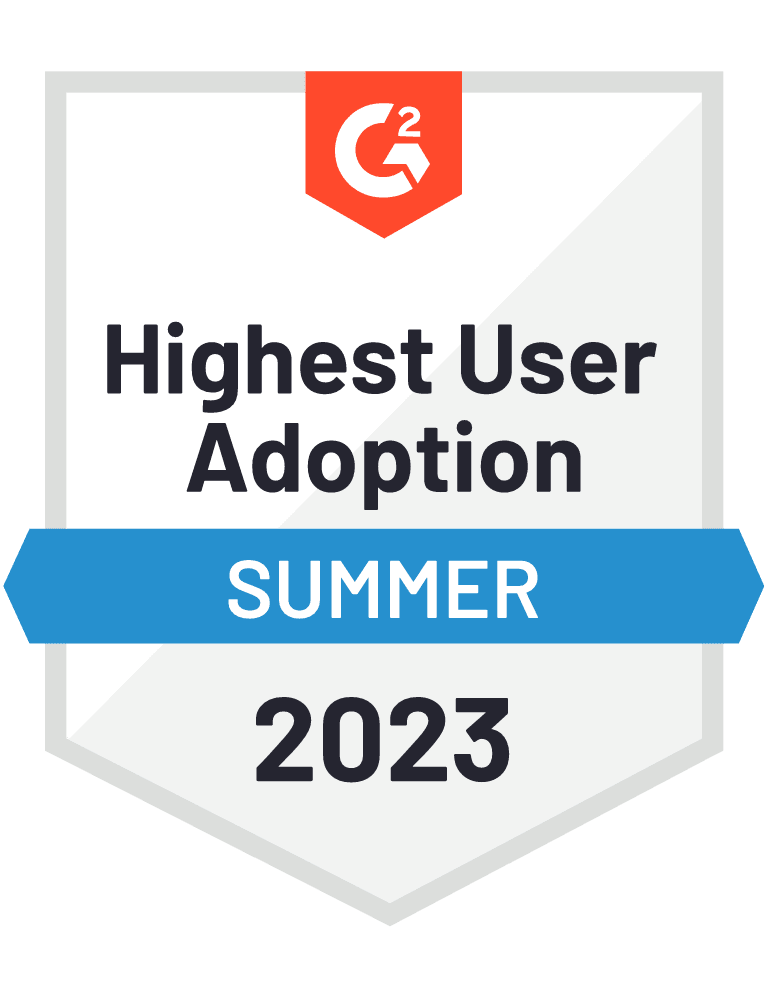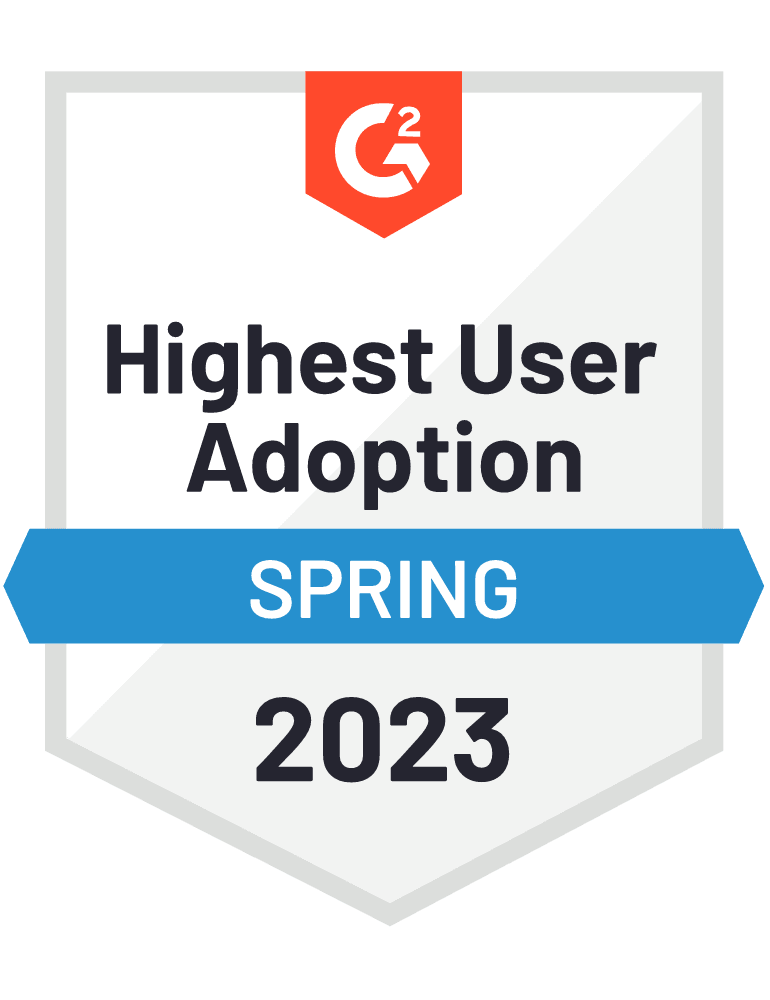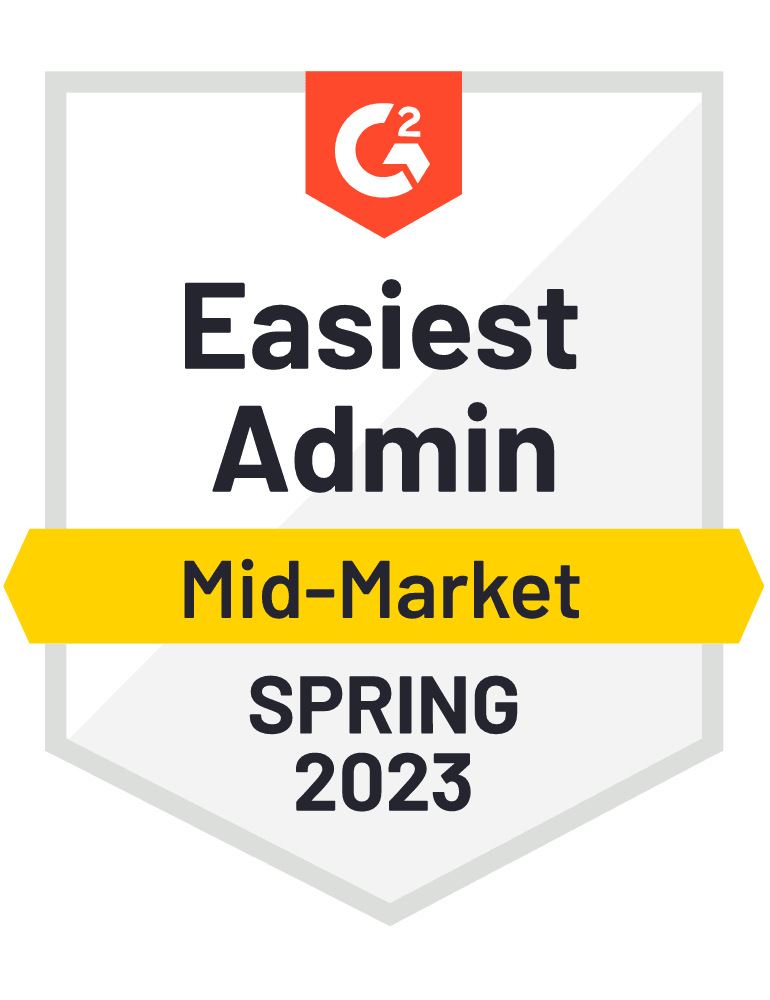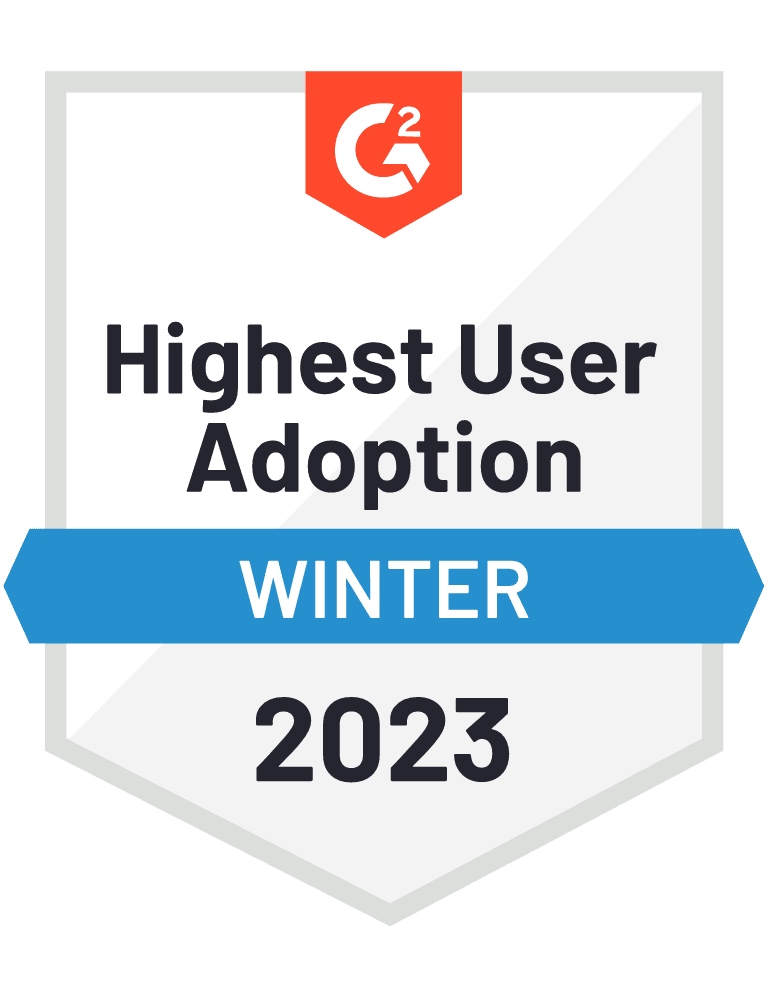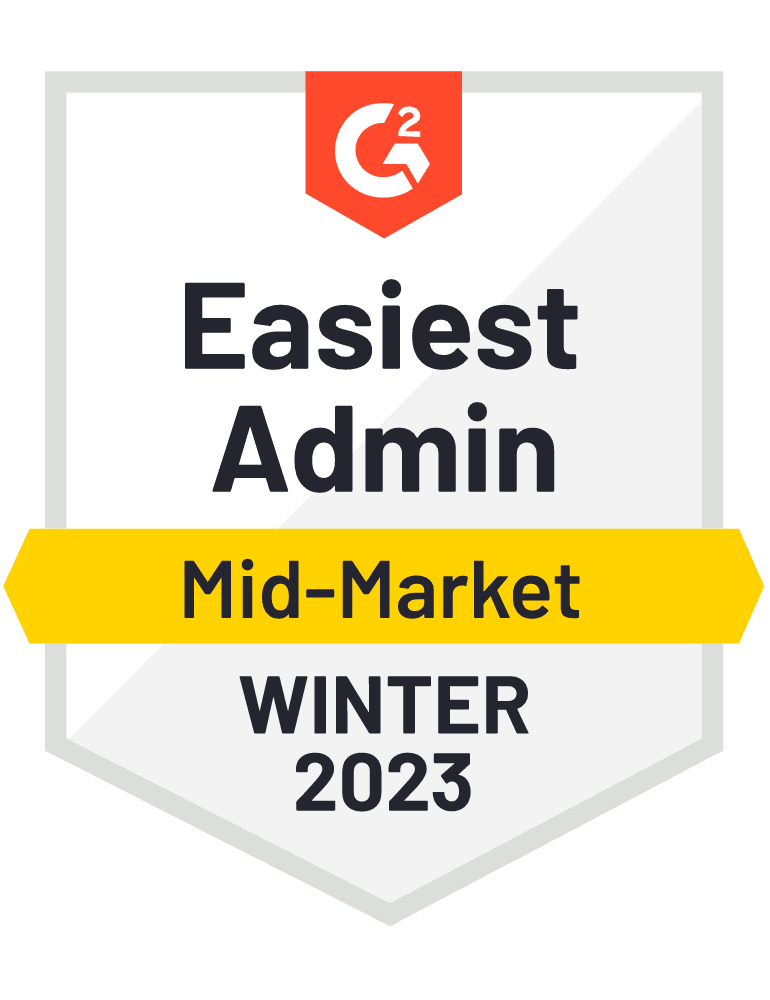Ever since the Secretary of Health Services announced that 50% of all Medicare payments would be made using the value-based care model by 2018, all healthcare costs have been on the rise. For those that have still not integrated this model, it has been a challenge to keep up and fully transition. For others that have already transitioned, some barriers have been encountered, like lack of resources. To better understand how your agency or facility can deliver value-based care, let’s first define what it is and how it affects you.
What Is Value-Based Care?
Value-based care determines the way that many health care providers are now paid. The primary payment method in the past was fee per service, but now the Centers for Medicare and Medicaid Services (CMS) reward providers based on the quality of care they provide their patients. Value-based programs focus on specific performance measures that help indicate the quality and efficiency of the care provided.
How Does It Affect You?
Because the CMS pays providers based on the quality and value of care, they can penalize providers if procedures don’t meet their standards and measures or if there are any medical errors. As the health industry continues to shift to value-based programs – the Patient-Driven Groupings Model (PDGM) in home care and the Patient-Driven Payment Model (PDPM) in skilled nursing – it is essential to implement new strategies and technologies in the financial and clinical settings to ensure success.
Human resources professionals and managers need their approaches to be aligned with these concepts so that great quality care can be provided. To ensure your organization’s success, consider promoting, recruiting, and training staff for the new transition.
How Can HR Help Transition?
Talent Acquisition
Each value-based care program requires different processes and skills. Work with your staff, starting with clinical and administrative leaders, to determine if hiring additional employees is necessary to meet the needs of your value-based program. When hiring new talent, you want to make sure that you hire for expertise. Keep in mind that your new hires should possess the skills to keep up with the changing clinical environment. For example, you might need to hire more caregivers or nurses that possess particular skills, like adaptability, to help your organization make the change.
Once you have selected the right candidates, you want to make sure you keep them for a long time. That is why your onboarding process should be on point. Based on the Society for Human Resources Management, onboarding is a crucial time to woo your new employees and leave them with a lasting impression. If you start off with a great onboarding experience, 69% of your employees are more likely to stay with you for three years (SHRM).
Training Opportunities
Your new hires may be excellent, but you also want to sharpen your whole team, as they are your best asset to help you successfully transition to PDGM or PDPM. It’s imperative for you to work with your staff to help identify what needs there are and to prepare training and education programs that target the skills required for your value-based program. By having training and education programs, you will be able to cover any gaps. For example, consider offering training and education to all of your departments and locations on the topic of a continuum of care.
Collaboration and Innovation
It takes your whole organization to successfully transition; therefore, a workplace culture that rewards innovation and collaboration is best. To deliver great and innovative care, you should empower your staff and reward all that make efforts to improve and work together.
Final Thoughts
As Richard Branson once said, “Clients do not come first. Employees come first. If you take care of your employees, they will take care of the clients.” Whether your organization has fully transitioned or is in the process of transitioning to value-based care, don’t underestimate how human resources can help you succeed!
This information is for educational purposes only, and not to provide specific legal advice. This may not reflect the most recent developments in the law and may not be applicable to a particular situation or jurisdiction.


